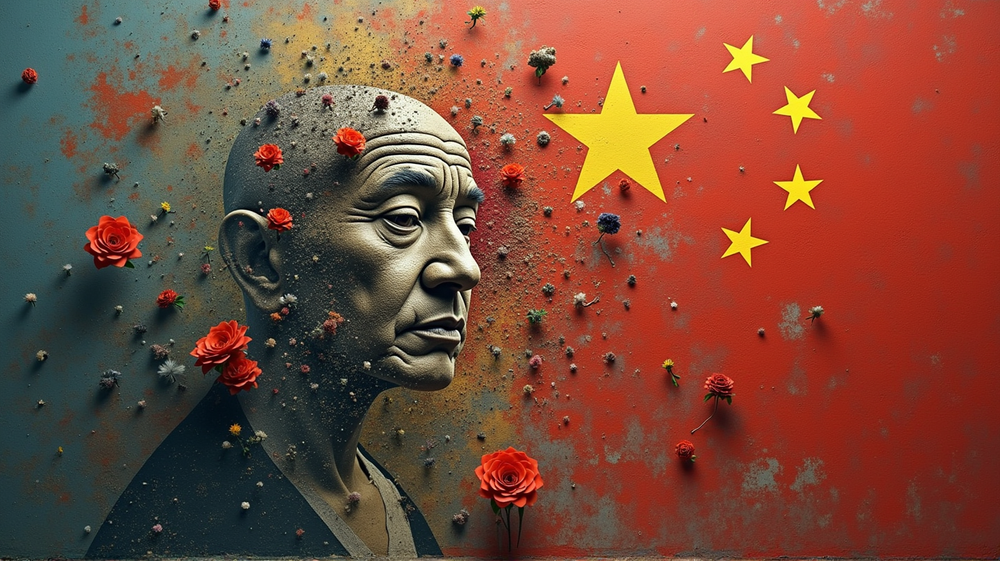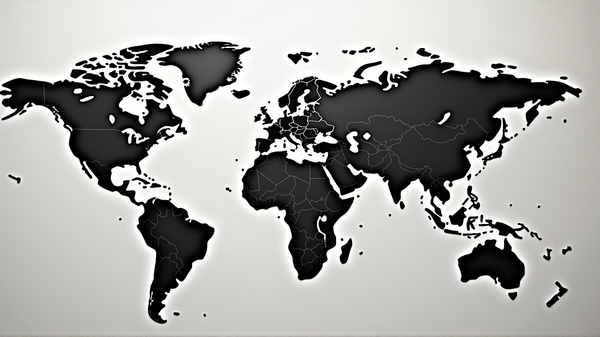China Cuts Interest Rates to Tackle US Trade War Impact
In a calculated move to counter escalating trade tensions with the United States, China has announced a significant monetary policy shift this week. As revealed in a statement by the People’s Bank of China, the institution plans to slash banks’ reserve requirement ratio by half a percentage point, effectively releasing 1 trillion yuan into its financial system. This bold decision comes at a time when the country’s economy is under mounting strain, facing steep tariffs of 145% on its exports to the US, a market still crucial despite its reduced share of China’s GDP over recent years.
China’s Response to Global Uncertainties
Pan Gongsheng, the governor of the People’s Bank of China, explained the necessity of these measures, describing the global economic landscape as fraught with uncertainties and compounded by intensifying trade tensions. This rate cut, accompanied by a reduction in a key interest rate by 0.1 percentage point, is part of a larger strategy to inject liquidity and maintain economic stability in the wake of US-imposed tariffs.
The Broader Economic Implications
According to experts, the immediate economic benefits of this monetary stimulus might be limited. A financial research company, Capital Economics, indicated that the fundamental issue lies not with the supply of credit but rather with its demand. Nonetheless, the infusion of capital aims to reignite consumer spending, a critical factor in bolstering the economy’s resilience against external shocks.
High-Level Talks Amidst Tensions
As tensions simmer, senior Chinese and US officials are scheduled to convene, discussing possibilities for de-escalation—a significant engagement since President Trump’s controversial tariff announcements earlier this year. Held in Switzerland, these discussions feature China’s vice-premier He Lifeng and US Treasury Secretary Scott Bessent. The hope is to find a middle ground that averts further destabilization of both economies.
Property Market Adjustments: A Key Focus
In a further bid to sustain domestic economic health, China is seeking to revitalize its property market. Strategies include reducing borrowing costs from government-backed home purchasing schemes to 2.6%, aiming to encourage investment in a sector that has traditionally been a pillar of the Chinese economy. Despite existing challenges, this sector still represents a considerable portion of China’s GDP, a fact not overlooked by policymakers as they navigate these turbulent waters.
According to The Guardian, these efforts indicate China’s proactive steps in adapting to an evolving global economic environment. Such initiatives not only reflect immediate reactions to trade pressures but also longer-term plans to stabilize and reinforce the country’s economic foundation.




